Description
One of the important works of the Safavid period in Qazvin is the chehelsotoon mansion, which is located in the middle of a large garden And only the remains of the royal palace of the era of Shah Tahmasb. The construction of an octopus with an approximate area of 500 square meters is based on the design of a Turkish architect in two floors, with halls and small rooms on each floor.The first floor wall paintings are an example of the art of painting in the Qazvin School with a worldwide reputation. The building was known as Kolah Farangi for its kiosk architecture. At the time of the Safavid dynasty the city of Qazvin was the capital city of Iran. At Qajar dynasty the palace was rebuilt by order of Mohammad Bagher Sad-al-Saltan, the governor of Qazvin and renamed to Chehelsotoun. The second floor hall with five-Spring Lattice windows arranged in four main directions and join the upper slopes of the upper loft, which has tall decorative arches (Khoncheh Poosh). This building is now used as a Qazvin treasure (museum). It has been said that the building of Hasht Behesht of Isfahan has been made with the grate of this work. The Chehel-Sultan Palace or Paleolithic mansion is a monument of the Safavid era in Qazvin, located in the center of the city and in the south of the green square (Azadi Square), in the middle of a large garden. It is considered to be the historical attractions and tourism of Qazvin, and tourists visit it every year. Safavid Shah Tahmasb in 951 AH decided to transfer capital from Tabriz to Qazvin due to Threat of Ottoman Turks and in the same year, he purchased lands called Zangi Abad from Mirza Sharaf, the world’s one of the elders and trustees of the city, for the construction of the Shahi. King Tahmasb ordered the chosen architects of the country to build a square-shaped garden in which to build excellent mansions, halls, porches and beautiful ponds. The Kolaah Farangi mansion with the Alli Qapu is the only remaining monuments of the Safavid era gardens in Qazvin. An octagonal building with an approximate area of 500 square meters is constructed on the basis of the map of a Turkish architect in two floors and has small halls and small rooms on each floor. Stoic with brick columns and semicircular arches of the building, and on top of it is a porch with wooden pillars. The first-floor graffiti is an example of the Qazvin School of Painting and has a worldwide reputation. The school governing these paintings is also influenced by political changes, so that the emergence of Nader Shah and Afshariyah’s school is seen in Chehelsoton. The rise of the Qajar was also seen in the third layer of the paintings of the Chehelsoton Palace, which has disappeared over time. The walls are decorated with paintings and wall paintings of their own kind and the existence of three layers of wall paintings imply the passage of various historical periods.
The palace was used as a treasure of ancient and ancient objects in 1998 and has now become the Museum of Calligraphy in Qazvin.






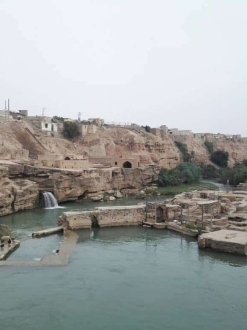
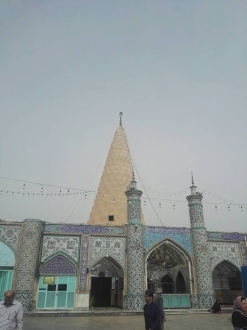
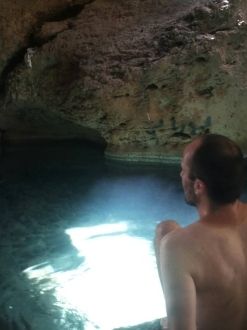


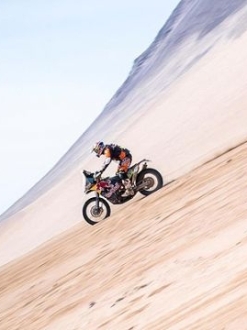
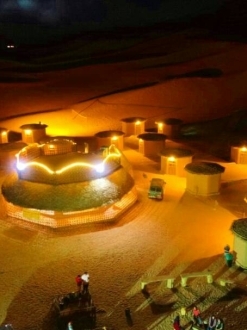
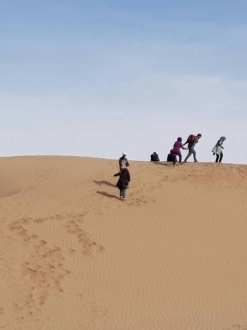
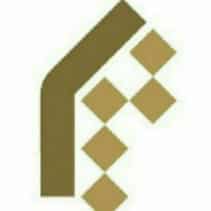

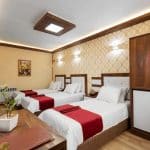
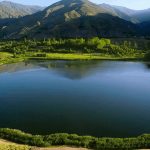
Reviews
There are no reviews yet.